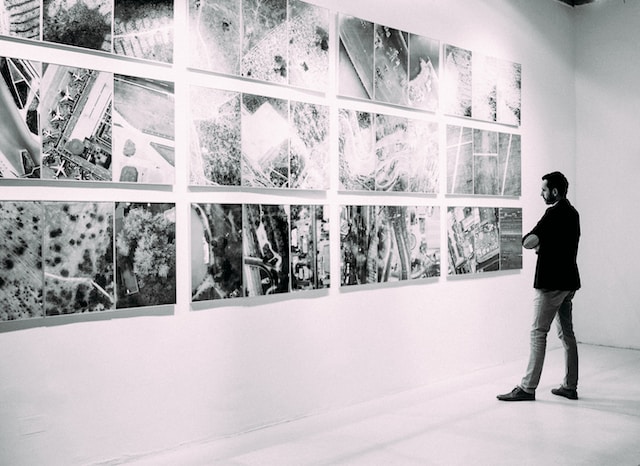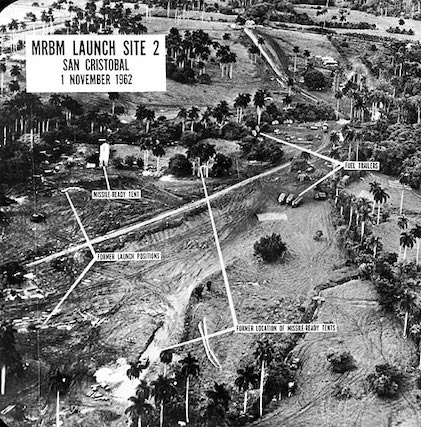Analysis
Now that we’re moving on to the higher order thinking skills, I am going to use the Cold War and the Cuban Missile Crisis as an example of how these skills were used in a real life situation. I am pulling much of the information about this from the fascinating book by J.A. Nathan, Anatomy of the Cuban Missile Crisis.

Consider the photo above, in which a person is observing several aerial photos. To the untrained eye these may be just pretty pictures. The question is, do they have the training to actually “analyze” the imagery to determine: what they see, where it is, when it is, and perhaps how it got there?
Analysis is, simply stated, taking things apart or deconstructing them.

Let us go back to the Cuban Missile Crisis of 1961. US photo reconnaissance aircraft took photos (see above) of odd installations in Cuba that were newly installed. Image interpreters used their knowledge and comprehension of image interpretation keys including: density, concentration, pattern, spatial association, and Soviet aircraft, missile, and vehicle identification guides to analyze the images. They used change detection to determine that what they were seeing was new as it was not on previous images. The fact that the density, concentration, and pattern of objects were regular and symmetrical indicated they were most likely human engineered. The shapes of objects on the ground matched those of Soviet missile systems and support equipment.
A learner at this stage in their development can be observed demonstrating their ability to:
- see patterns
- organize parts
- recognize hidden meanings
- identify components
Verbs that demonstrate analysis:
analyze, separate, order, explain, connect, classify, arrange, divide, compare, select, explain, infer
References
Nathan, J.A. (2000). Anatomy of the Cuban Missile Crisis. New York: Bloomsbury Publishing PLC.